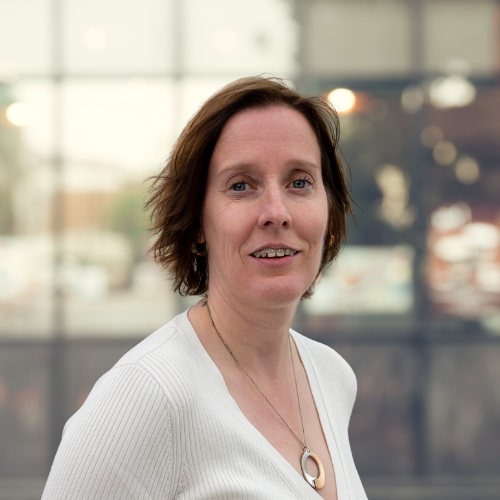
Maaike Snelder

My research focuses on the design of future mobility systems in such a way that cities and regions remain accessible and liveable.
Research area
This challenge is enormous because the current mobility system is running at its capacity; there is hardly any spare capacity. Small disruptions can therefore lead to large delays. If we don’t take action, this will happen more often with even greater impact. The number of car kilometers will increase as the number of inhabitants around cities increases, there is insufficient space for new infrastructure, and disruptions occur more frequently.
New mobility concepts like mobility as a service (MaaS), automated vehicles, shared vehicles, mobility hubs and micro modalities offer opportunities because, if properly managed, they have the potential to increase capacity, offer alternatives, increase flexibility, and reduce the number of vehicles and parking spaces required. Design and evaluation models are needed to provide insight into which measures can be taken to counteract negative effects and to stimulate positive effects.
Recent results
-
In the XCARCITY research program, we are working with more than 30 organizations to develop digital twins of cities that can be used to jointly explore what measures can be taken to keep cities accessible and livable.
-
With the Ministry of Infrastructure and Water Management, we are working on models to identify locations in the road network that are vulnerable to incidents and climate-related disruptions.
-
With the Ministry of the Interior and Kingdom Relations, we are working in the MooiNL program on the housing challenge and its impact on the mobility system.
PhD supervision
-
Koen de Clercq – Mobility Effects of Future Transport Modes;
-
Azarakhsh Salem – Co-designing car-low areas;
-
Jyotsna Singh – Modelling the effects of car-low areas;
-
Mohammad Jafari – Sensor network design for car-low areas;
-
Nirmal Sitaldin – Infrastructure climate adaptation using AI;
-
Tygo Nijsten – Multimodale transport network design.
Top publications
-
Snelder, I. Wilmink, J. van der Gun, H.J. Bergveld, P. Hoseini, B. van Arem, “Mobility impacts of automated driving and shared mobility – explorative model and case study of the province of North-Holland”, European Journal of Transport and Infrastructure Research. vol. 19, n. 4, 2019, https://doi.org/10.18757/ejtir.2019.19.4.4282.
-
Milakis, D., Snelder, M., van Arem, B., van Wee, B., Correia, G. (2017). Development of automated vehicles in the Netherlands: scenarios for 2030 and 2050. European Journal of Transport and Infrastructure Research, 17 (1). pp. 63-85. https://doi.org/10.18757/ejtir.2017.17.1.3180.
-
Xanthopoulos, S., van der Tuin, M., Sharif Azadeh, S., Correia, G., van Oort, N., Snelder, M. (2024). Optimization of the Location and Capacity of Shared Multimodal Mobility Hubs to Maximize Travel Utility in Urban Areas. Transportation Research Part A., Vo 179. https://doi.org/10.1016/j.tra.2023.103934.
Den Haag - New Babylon
Anna van Buerenplein 1
2595 DA The Hague
The Netherlands
Postal address
P.O. Box 96800
2509 JE The Hague
The Netherlands